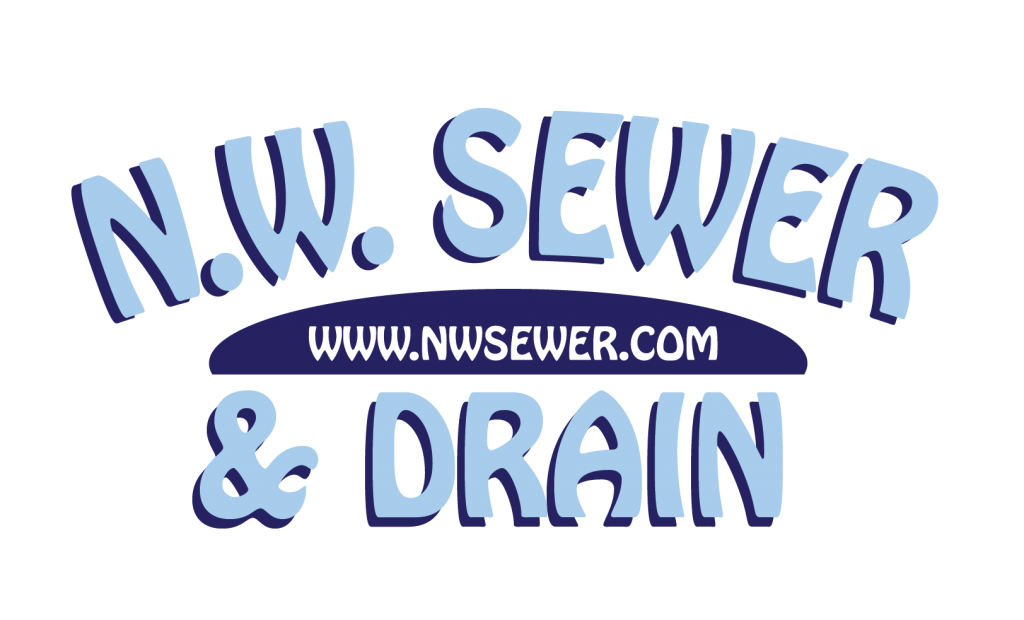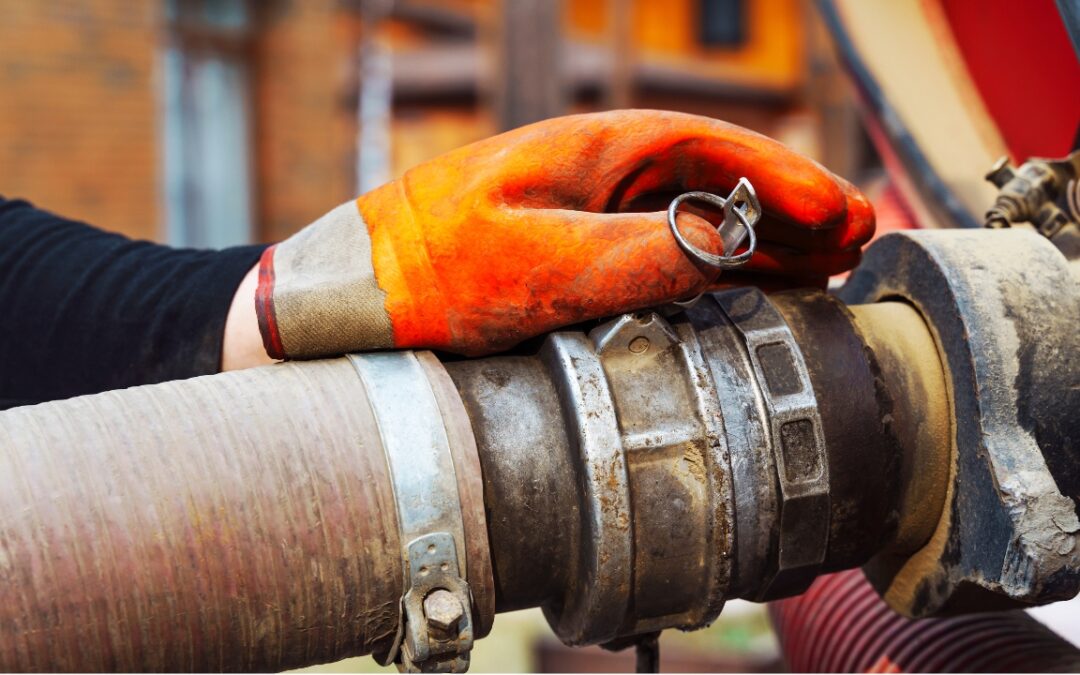Facing a sewer line replacement can feel overwhelming, but with the right knowledge and preparation, you can navigate the process with confidence. At N.W. Sewer & Drain, we believe in empowering our customers with information. Here’s what you should know before embarking on a sewer line replacement project.
1. Understand the Signs
How do you know it’s time for a replacement? Be aware of these red flags:
- Frequent backups and clogs: Recurring issues indicate a problem beyond a simple blockage.
- Slow drains: If water drains slowly in multiple fixtures, it could signal a sewer line issue.
- Sewage odors: Foul smells in your yard or home are a clear warning sign.
- Lush patches in your yard: Unusually green areas could indicate a sewage leak fertilizing your lawn.
- Foundation issues: Sewer line leaks can damage your foundation.
2. Explore Your Options
- Traditional Excavation: This involves digging a trench to access and replace the damaged pipe. While effective, it can be disruptive and expensive.
- Trenchless Methods: These innovative techniques minimize digging and disruption.
- Pipe Lining: A new pipe is inserted within the existing one, creating a durable, long-lasting solution.
- Pipe Bursting: The old pipe is broken apart while simultaneously pulling a new pipe into place.
3. Consider the Costs
Sewer line replacement is a significant investment. Factors influencing sewer line replacement cost include:
- Length and depth of the pipe: Longer and deeper pipes require more labor and materials.
- Pipe material: Different materials have varying costs.
- Accessibility: Difficult-to-access areas may increase the cost.
- Repair vs. replacement: Sometimes, repair is possible, but full replacement is often the best long-term solution.
4. Choose the Right Contractor
Selecting a qualified and experienced contractor is crucial. Look for:
- Licensing and insurance: Ensure they are properly licensed and insured.
- Experience with sewer line replacement: Check their track record and expertise.
- References and reviews: Read online reviews and ask for references.
- Transparent pricing: Get a clear, detailed estimate before work begins.
5. Prepare Your Property
Before the project starts:
- Locate your sewer line: Knowing its path helps minimize disruption.
- Clear the area: Remove obstacles like landscaping or decorations.
- Understand the timeline: Discuss the project duration with your contractor.
6. Ask Questions
Don’t hesitate to ask your contractor questions about the process, materials used, and any concerns you may have. A reputable contractor will be happy to address your questions and provide clear explanations.
At N.W. Sewer & Drain, we’re committed to guiding you through every step of your sewer line replacement. Contact N.W. Sewer & Drain today for a consultation and let our experts help you make informed decisions for your property.
Don’t Skip the Sewer Line Inspection
Before jumping into a full-blown replacement, it’s smart to get a video sewer inspection done. A licensed technician can thread a tiny camera through your pipes to spot cracks, corrosion, tree root intrusion, or even sagging sections (called “bellies”). This gives you a clear picture—literally—of what’s going on underground. It also helps you avoid jumping into a costly replacement when a targeted repair might do the trick.
Plus, this kind of inspection isn’t just for diagnosis. If you’re buying or selling a home, many real estate experts now recommend it as a standard part of the inspection process. Why? Because hidden sewer issues can cost homeowners $3,000–$15,000 or more depending on the location and severity. That’s a nasty surprise no one wants.
Check Your Sewer Line Coverage (Before It’s Too Late)
Here’s something most folks don’t realize: homeowners are responsible for the sewer line all the way to the city connection, even if it’s under the sidewalk or street. And unfortunately, most standard homeowner’s insurance policies don’t cover damage to your sewer line.
That’s where sewer line insurance or a utility protection plan comes in. Many cities offer optional monthly coverage through third-party providers, usually around $5–$15/month. It’s worth considering if your home is older or has large trees nearby (tree roots love sneaking into old clay or cast iron pipes). A few dollars a month could save you thousands when disaster hits.
Preventative Maintenance Can Delay or Avoid Replacement
Want to stretch the life of your current sewer line? It’s all about preventative sewer maintenance. Have a pro hydro jet your line every couple of years to clear out grease, sludge, and root buildup. Don’t flush wipes (even the “flushable” ones), feminine products, or too much toilet paper—those things wreak havoc on aging pipes.
Also, keep an eye on your landscaping. Plant trees and large shrubs away from sewer lines, and avoid invasive root systems like willow or poplar trees. If roots have already gotten in, early root cutting and treatment with safe root-killing agents like foaming rooticide can keep things under control.




